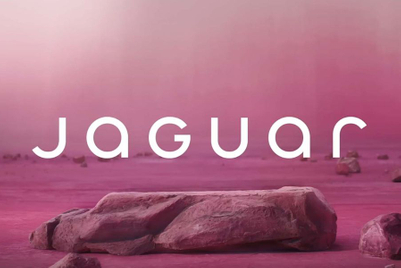
Kantar bases its findings on interviews with 5,300 male consumers across China, Korea, Vietnam, Taiwan, the Philippines, Indonesia, Malaysia and Thailand.
With 748 million men aged over 15, the potential consumer base for male grooming products in Asia is huge," said Ashley Kang, Asia’s regional director of beauty at Kantar Worldpanel.
The study found that although nearly 80 per cent of men in Asia say they care about their looks (regardless of age or income level), and 70 per cent use skincare products, the value share of the 'for men' segment in the personal care category is just 4 per cent. In general, men still tend to use whatever they find in the bathroom.
Out of the seven products men use on average, only three tend to be exclusive 'for men' variants - generally in the skincare and shaving segments. This is likely due to more than six in 10 men believing that most grooming products aren't 'just for women'.
Leading the region are Chinese and Korean men who use on average three skincare products, while men in Indonesia and the Philippines average just one skincare product. In China, nearly three-quarters of men surveyed are motivated by feminine approval while in the Philippines, Vietnam and Malaysia, men feel that looking good is an important career-move.
Topping the list of male-beauty concerns in Asia is a problem with dandruff at 50 per cent. Yet, only 70 per cent of those respondents claim to use anti-dandruff shampoo. Other concerns men have about their appearance vary across the region: bad breath is an issue for high-income Chinese men, as well as male consumers in Indonesia and Vietnam, while almost half of low-income Chinese men and 46 per cent of Filipinos worry about acne. Many North Asian men have excessive sweating concerns, but 80 per cent of those don’t use a deodorant.
Asian men also care about their overall health and appearance with 60 per cent exercising regularly, nearly 50 per cent taking supplements and 36 per cent trying a diet in the last six months.
According to Kantar, there is a strong opportunity for international brands to gain a foothold in Asia. While Korea is loyal to local brands, consumers in Vietnam, Indonesia and China are more open to foreign brands.
"Brands need to find innovative ways to meet needs and preferences, both across the region and in individual countries, for instance, producing multi-pack soaps that contain both ‘for women’ and ‘for men’ variants," advised Kang. "They also need to know how best to connect with men in Asia; communicating messages about status and looking professional is likely to hit home in the Philippines, Vietnam and Malaysia, for example. The potential rewards of investing in understanding the market are very exciting—we estimate the size of the prize to be US$6 billion.”



.jpg&h=334&w=500&q=100&v=20250320&c=1)

.jpg&h=334&w=500&q=100&v=20250320&c=1)
.jpg&h=334&w=500&q=100&v=20250320&c=1)
.jpeg&h=334&w=500&q=100&v=20250320&c=1)

.jpg&h=334&w=500&q=100&v=20250320&c=1)
.jpg&h=334&w=500&q=100&v=20250320&c=1)







.jpg&h=268&w=401&q=100&v=20250320&c=1)
